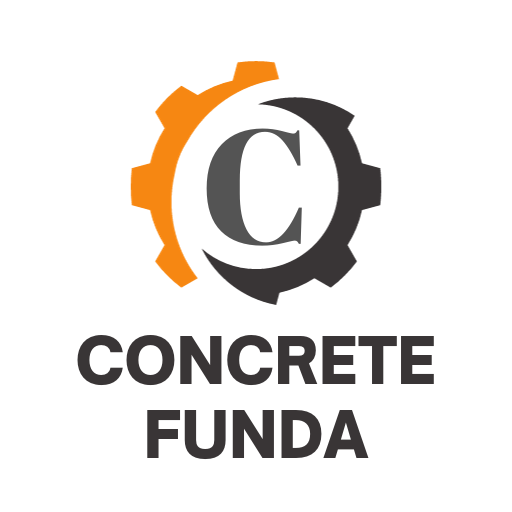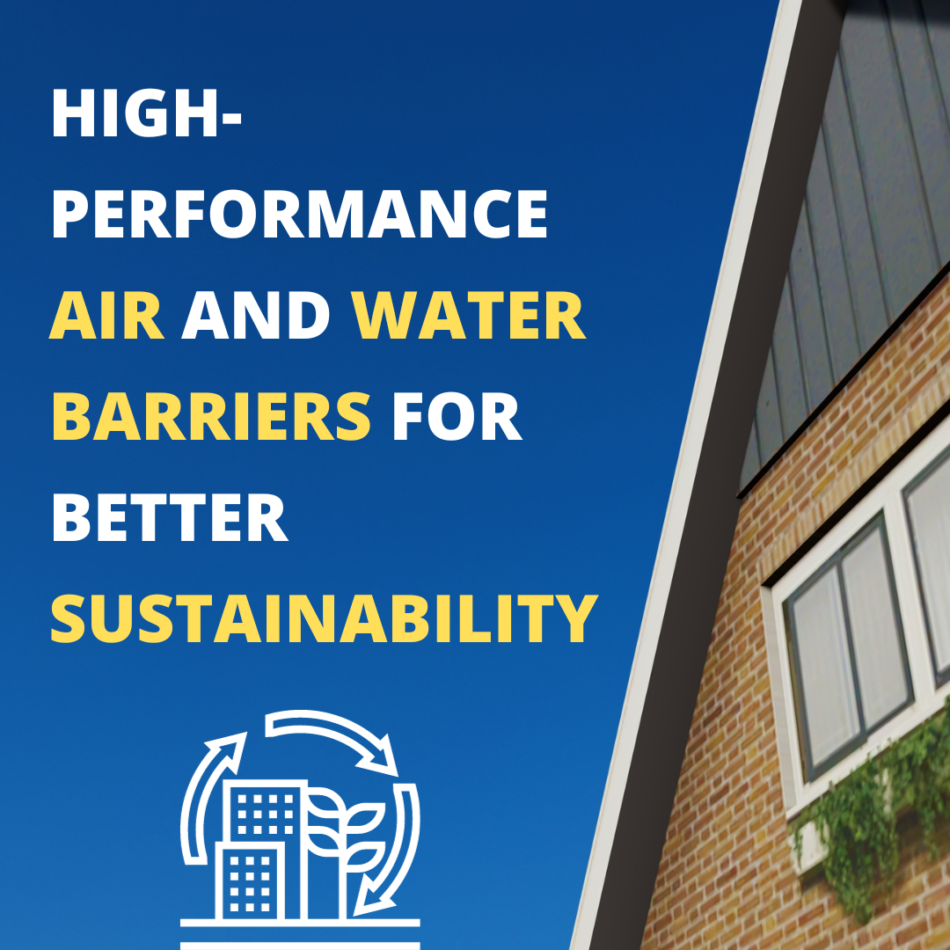High-performance air and water barriers play a critical role in enhancing the sustainability of housing construction.
Here’s why:
- Energy Efficiency: One of the primary reasons for incorporating air and water barriers in construction is to improve the building’s thermal performance. Air leaks can significantly increase the energy consumption of heating and cooling systems. Properly installed barriers reduce these leaks, meaning less energy is required to maintain a comfortable indoor environment.
- Durability: Moisture can be detrimental to a building’s structural integrity. By preventing water from infiltrating the building envelope, these barriers protect the structure from potential damage, including mold growth, rotting, and other moisture-induced deteriorations. This increases the lifespan of building components, reducing the need for repairs and replacements.
- Improved Indoor Air Quality: By preventing unwanted external air and pollutants from entering the building, air barriers can significantly enhance indoor air quality. This is especially crucial in areas with high pollution or pollen levels. Better indoor air quality is not only beneficial for occupant health but also contributes to overall well-being.
- Cost Savings: In the long run, energy-efficient buildings result in lower utility bills due to reduced heating and cooling needs. Additionally, buildings that are better protected from moisture damage result in lower maintenance costs over their lifespan.
- Reduced Environmental Impact: Energy-efficient buildings have a lower carbon footprint since they require less energy. When a building consumes less energy, it reduces the demand on power plants, leading to decreased greenhouse gas emissions. This is especially important as the world looks for ways to mitigate the effects of climate change.
- Comfort: High-performance barriers play a significant role in maintaining consistent indoor temperatures and humidity levels. This can lead to increased comfort for building occupants.
- Resilience in Extreme Weather Conditions: With climate change leading to more frequent and severe weather events, it’s imperative for buildings to withstand such conditions. Air and water barriers can play a role in ensuring buildings are resilient against driving rains, high winds, and other extreme weather phenomena.
- Compliance and Standards: Many building codes and green building standards now require or highly recommend the inclusion of air and water barriers to meet energy efficiency and sustainability goals.
- Enhanced Property Value: Sustainable buildings often have higher property values. They are increasingly in demand by both homebuyers and renters, who are willing to pay a premium for the benefits of energy efficiency and enhanced comfort.
Incorporating high-performance air and water barriers in housing construction, therefore, provides multifaceted benefits. It’s a step towards creating homes that are not only energy-efficient but also comfortable, durable, and eco-friendly.
Article Categories:
Architecture








